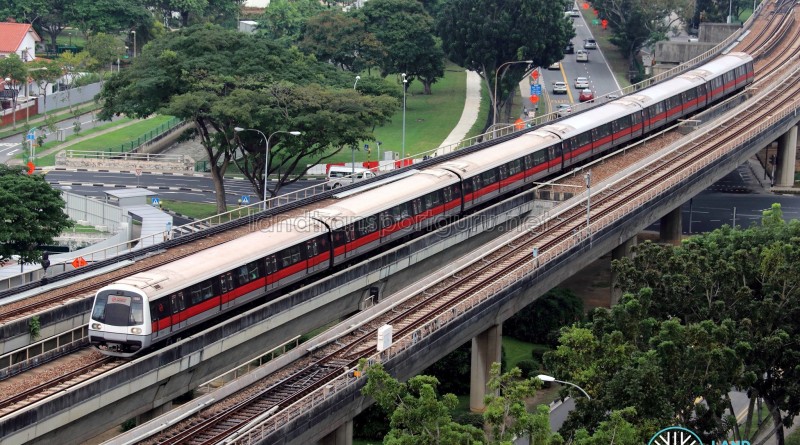Collisions between trains are rare in Singapore. In fact, prior to today, the only reported incident took place in 1993 at Clementi station due to an oil spill. The accident at Joo Koon station on the morning of 15th November 2017, involving a head-to-tail collision between two trains, should never have happened given that a multi-level safety net is in place to prevent such incidents from occurring.
As the oldest lines on the network, SMRT’s East West Line and North South Line aren’t fully automated, requiring a train operator seated at the front of each train. He or she drives the train, opens and closes the doors, and ensures that the train runs on schedule.
Train movement along each line is governed by the signalling system, whose primary role is to keep trains spaced safely apart. It indicates whether it is safe to enter any particular segment of the track by detecting if there is a train ahead. This is communicated to the train operators by onboard systems and trackside light signals. Should a train be driven past a red light/into a danger zone, emergency brakes would be applied automatically to prevent a collision. As a final safety measure, the train operator is expected to prevent a collision using the train brakes at his disposal.
Recently, a new signalling system was put into service on the North South Line and the Tuas West Extension. Find out more at Communications-based Train Control.
According to SMRT, the first train had stalled at the station, and the second train was stopped behind it. Under CBTC, the signalling system would have ensured a minimum stopping distance between two trains. The second train then “unexpectedly moved” and collided into the first train.
This appears to be caused by a mix of signalling problems and human error.
- Why did the signalling system not prevent the collision between two trains?
- Even if the signalling system had failed in this case, why were the brakes not applied in time by the train operator?

Agree. And NS and EW lines all using 6car trains. How come media stated the system mistook for a 3car set? Singapore is not like Melbourne where 6car trains are deployed during peak and are de-coupled to become 3car trains during lower demand.